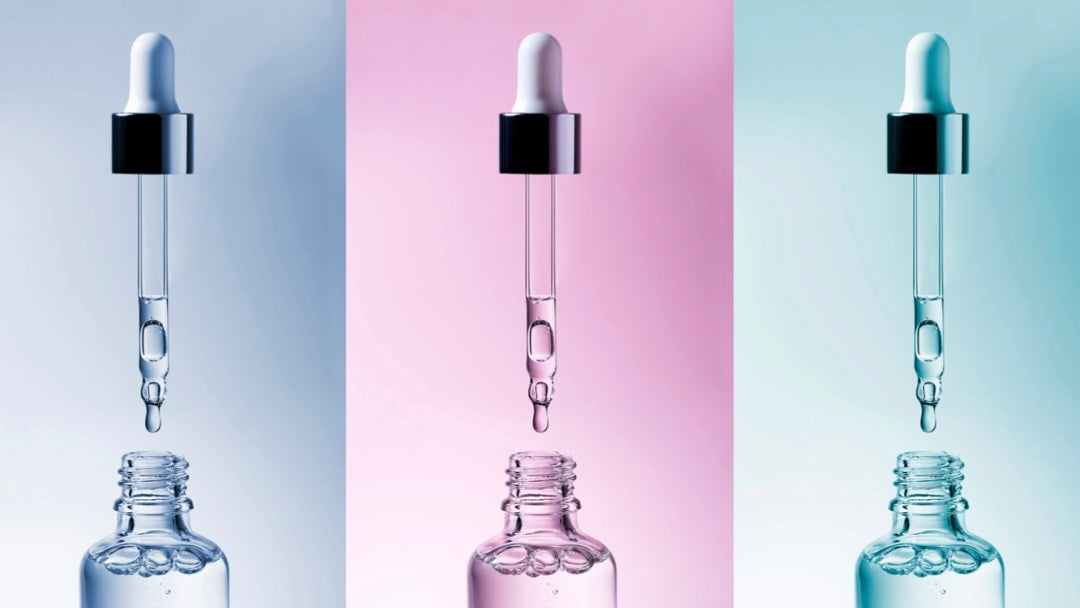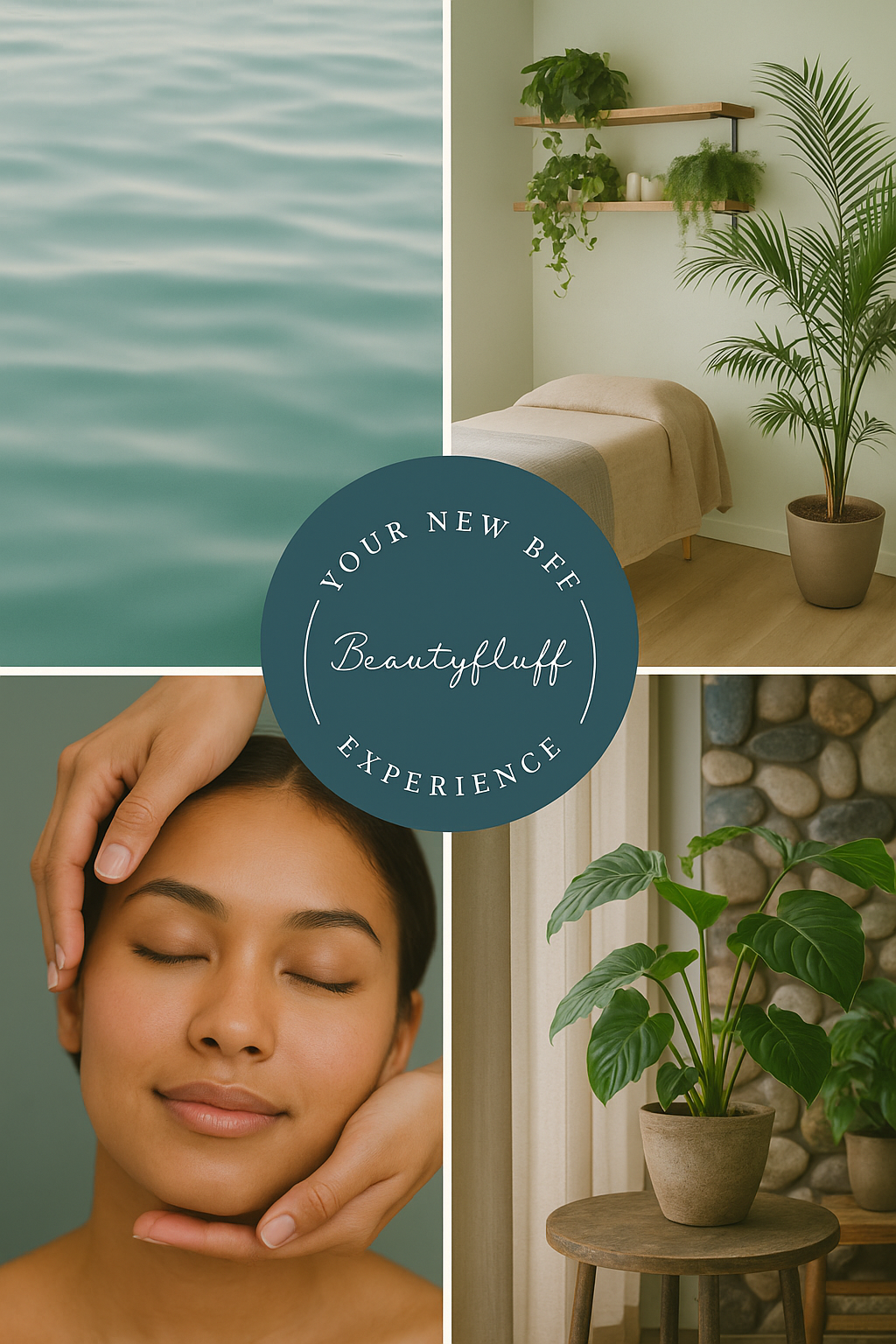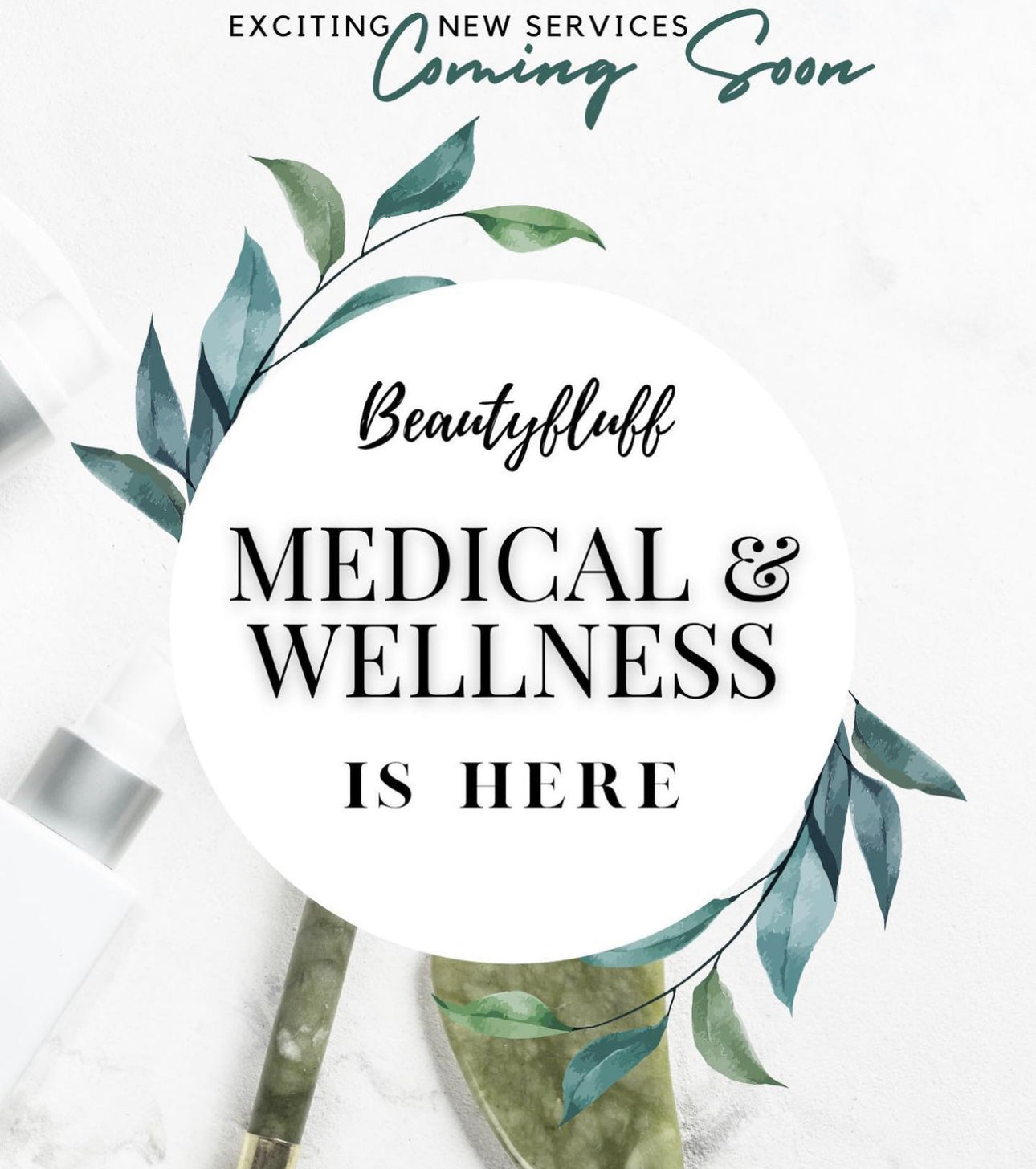Different Types Acne: What’s Your Type?

Hey BFFs, today we are breaking down the different types of acne!
There are quite a few different types of acne, there is: Hormonal, Cosmetica, Inflammatory, Asphyxiated, Bacterial, Cystic, Systemic, and Menopausal acne. Now we know them by name lets break down what each one is.
Hormonal acne is one of the most common types of acne that people get. This type tends to be seen mostly on the jaw and around the mouth, although it can be found other places on the face and the body.
Cosmetica acne can be caused from not cleaning makeup applicators or not switching out your pillow case enough. This type, like the last one, is predominately found on the jaw/ around the mouth but can be found on other areas of the face and body.
Inflammatory acne are lesions that are superficial, red, and inflamed. They can tend to be pustular in nature, and fairly painful, and uncomfortable. These can be found anywhere on the face.
Asphyxiated acne is common for people who live in dry environments. It can also be caused by using drying ingredients, like alcohol, in your products. It will feel rough to the touch, and that is due to keratolyic build up, and reduced cell turn over. The rough texture is sebum and other debris trapped beneath the skin.
Bacterial acne flourishes in warm and humid climates. It is the result of the over production of cutibacterium acnes (hyper active sebaceous glands.) Using benzoyl peroxide can help control the bacteria distribution.
Cystic acne has large painful nodules that are beneath the skin which can last for weeks. The depth of the acne and the inflammation associated with cystic acne can lead to scarring.
Systematic acne is the formation of acne vulgaris, which are pustules, papules, comedones, nodules/cysts. Can be brought on by disease, illness, medication, or other diet related issues. Can usually be found on other parts of the body.
Menopausal acne can happen perimenopause and menopause. Accompanied with the change of estrogen and testosterone levels and hormone fluctuation. The skins hydration decreases, the sebaceous glands get larger, reduced surface lipids, and oil production doesn’t slow until age 70-80. So basically, drier skin plus increased sebum production, equal breakouts.
Now that covers the different types of acne, we hope that gave some clarification! Now we are sure you guys are wondering what you should do about?? Well we bet you know what we are going to say, get with your estie bestie! Acne is easy to classify, and group, but everyone’s skin is different and needs to be treated as such. So many other things factor in like allergies, diet, sensitivities, extrinsic and intrinsic factors. So please, get in touch with your favorite esthetician.
See ya next BFFs!



Comments